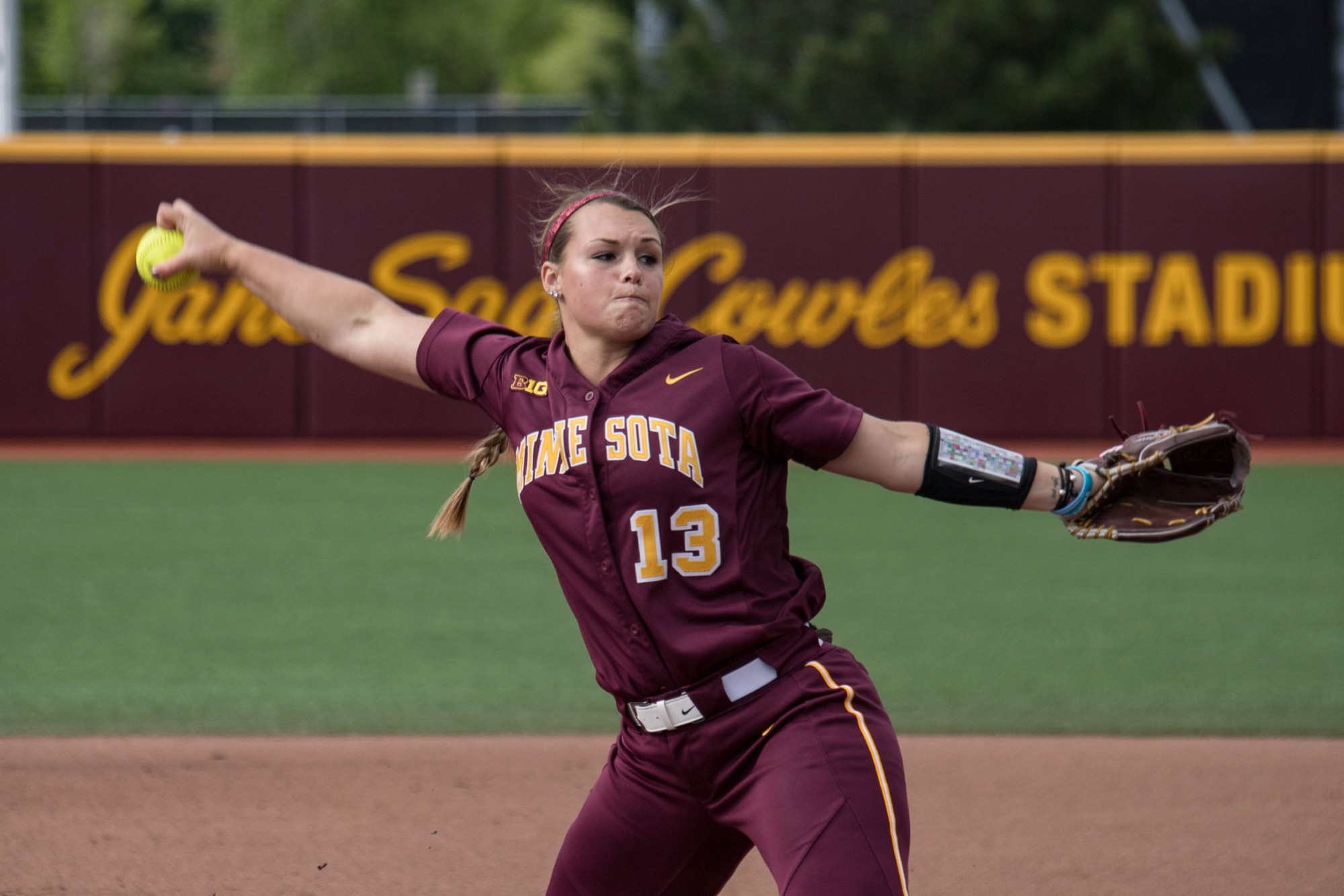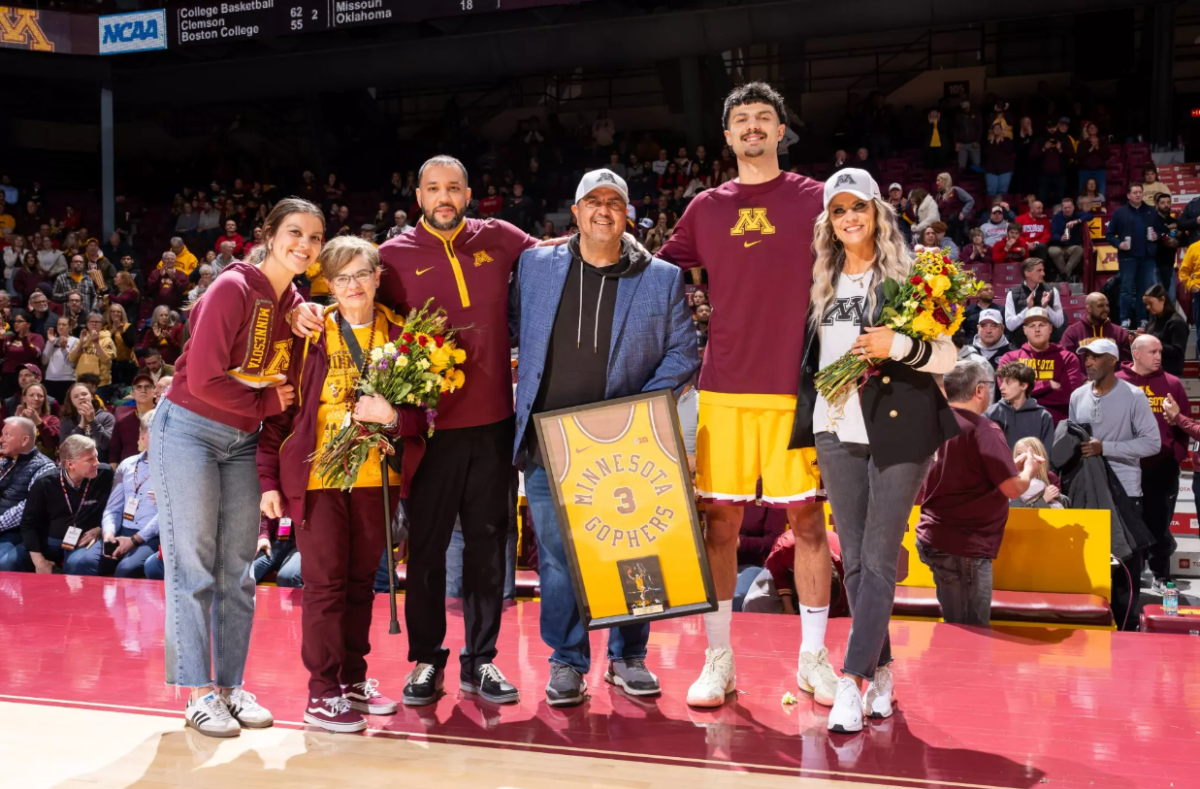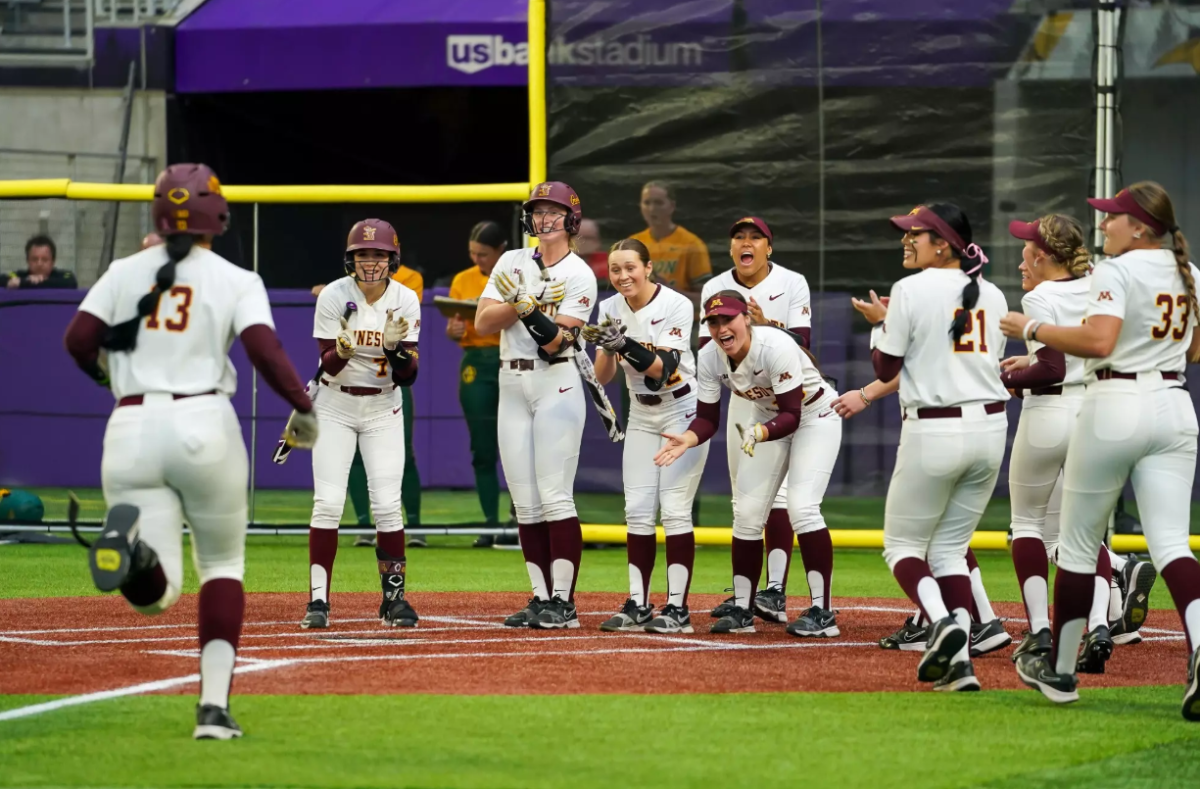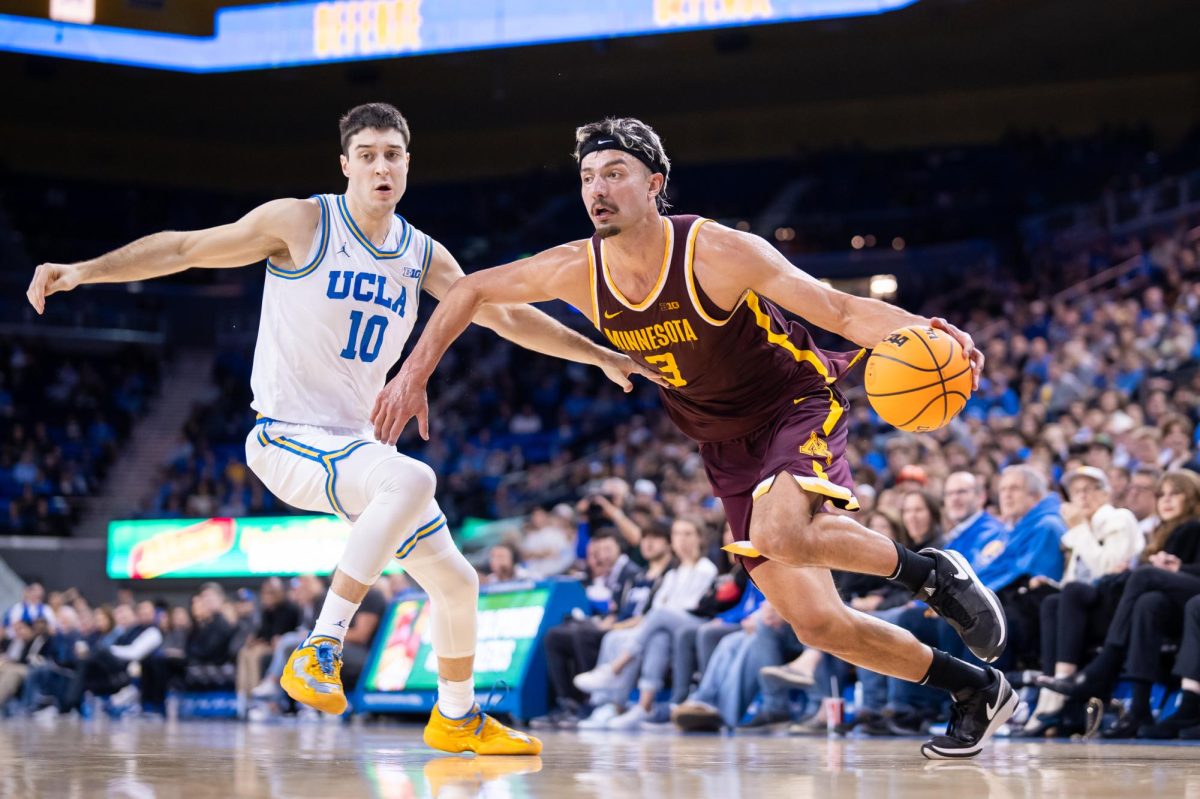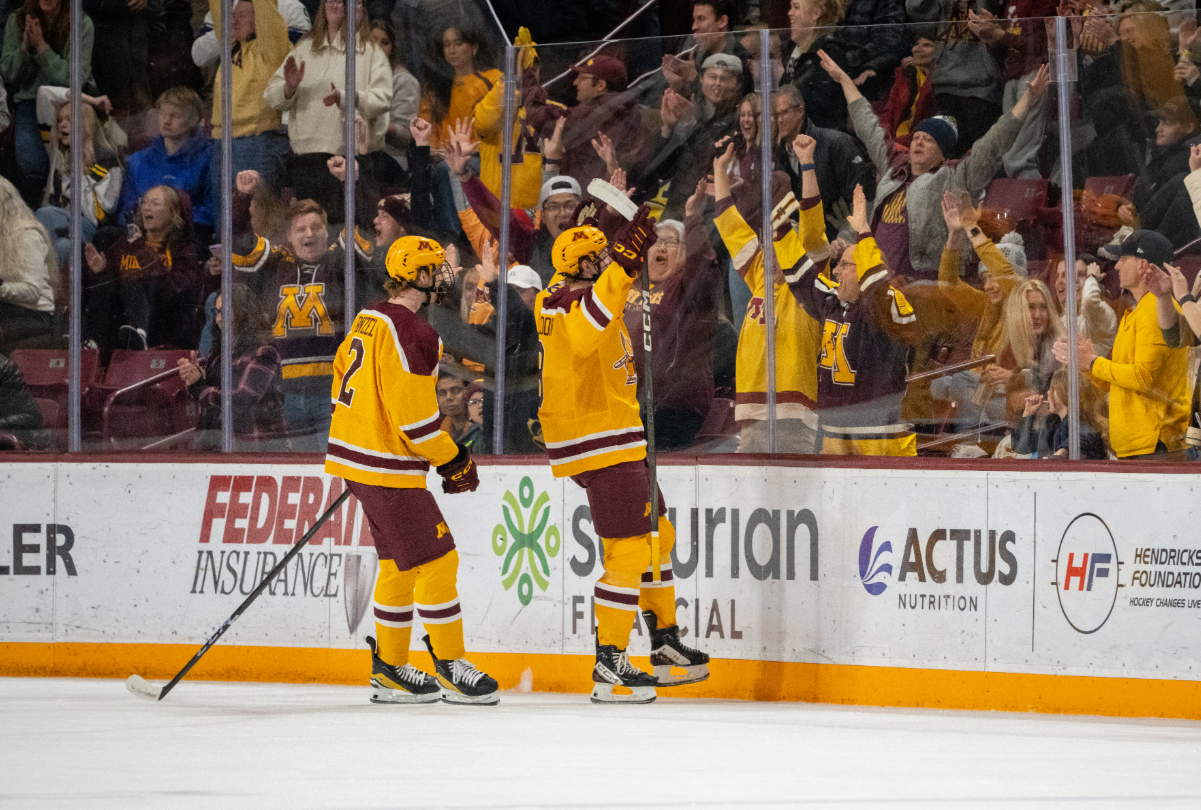How student-athletes would stay in shape without access to the campus facilities they were used to training in was a question that was hard to answer in the weeks following the cancellation of classes at the University. For spring sports who had their season cut off right as it was starting, the more immediate concern was getting the athletes home to their families. As the announcement had come over spring break, some teams were traveling to participate in pre-season tournaments; like the softball team, who were in Hawaii.
Amber Fiser, a senior pitcher with the team, said that the focus after returning from their Spring Break trip was to take a few weeks to recover, “I think that all of us are going to be taking a little bit of rest right now, make sure our bodies are healthy… but when the time comes and we get back into workouts, it’s difficult to go anywhere… so I’ll be at home.” Fiser said.
Then, just as athletes were adjusting to their new normal, the NCAA made another announcement: citing the safety risk of having athletes train unsupervised, coaches were no longer allowed to give their players mandatory workouts. While teams are still allowed to have video calls, the sudden cut off from being able to spend time with their teammates would also be difficult, said Cal Dietz, strength coach for both the men’s and women’s hockey teams.
“I feel bad for those seniors and those kids that are in their last year. Just to be abruptly done and then not being able to be a part of the team anymore, that team part of it. Because even at the end of the season the kids will get together and hang out, they recap.” Dietz said.
But even with the announcement from the NCAA, Division-1 athletes can’t afford to take months off from their training. Tournament cancellations came only a few weeks earlier than the normal end of the hockey season, but programming optional workouts when the players had different equipment available to them was also something that factored into Dietz’s planning.
While some players had access to well-stocked home gyms, Dietz said that some other players had no equipment at all, so creating plans that fit given the circumstances was important. He described the workouts he provided the players as a buffet, compiling past workouts and having a lot of options to be flexible with what the players had on hand.

Despite the fact that the players are not required to work out, Dietz said that many are finding the extra time on their hands easier to fill up with training,
“Some of them, I think they may be training more frequently than they were before, because they have more time… I’ve had a few tell me they’re training three times a day. They do a light workout in the morning, get their school work done, do something at lunch and then they do something in the evening. Usually it’s one hard workout and two lighter ones…and people are, I think, just trying not to lose their sanity by being inside all the time.”
The women’s soccer team is also now in their off-season, missing out on their less formal spring season where they normally play a few matches against regional teams.
With the team unable to train together in person, team strength coach Corey Peterson said that an important factor in keeping the players engaged was creativity. Peterson said that improvising with household items like textbooks in place of dumbbells was a common strategy, and that making the workouts fun and making sure the players were able to get outside for fresh air when they could was also important.
Even with workouts including things like running that are still permitted under shelter-in-place orders, the question of if soccer- or any sport- will be back to normal by the fall still looms,
“The problem is, there’s really no answers. It’s such a fluid situation, the news is changing everyday… the nice thing is I know the school and the Big Ten are trying to look at all the different scenarios that could happen so that they’re prepared for it, but other than that, I don’t know.”



